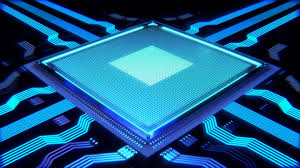NEWS
The new device will increase the speed of memory and processors

The first nanoscale device appeared that uses the properties of photons and electrons at the same time. It was developed by scientists from the University of Oxford and will help to speed up the calculations several tens of times.
Calculations at the speed of light were a tempting but elusive goal for researchers, but now scientists are sure that they are close to it. Using light to encode and transmit information allows these processes to occur at the maximum possible speed. Scientists have already shown how light can be used for certain processes, but a compact device for interacting with the electronic architecture of traditional computers has not yet existed.
The incompatibility of electrical and light calculations is due to different volumes of interaction in which electrons and photons work, hightech.fm reports. Electronic chips must be small for efficient operation, while optical chips must be large because the wavelength of light is longer than the wavelength of electrons.
To solve this problem, scientists created a design that allowed them to compress light into a nanoscale volume through the so-called surface-plasma polariton. A sharp decrease in size combined with a significant increase in energy density allowed them to overcome the incompatibility of photons and electrons for data storage and calculations.
They showed that when transmitting electrical or optical signals, the state of the photosensitive and electrosensitive material transforms between two different molecular order states. In addition, the state of this phase material was read either by light or by electronics.




